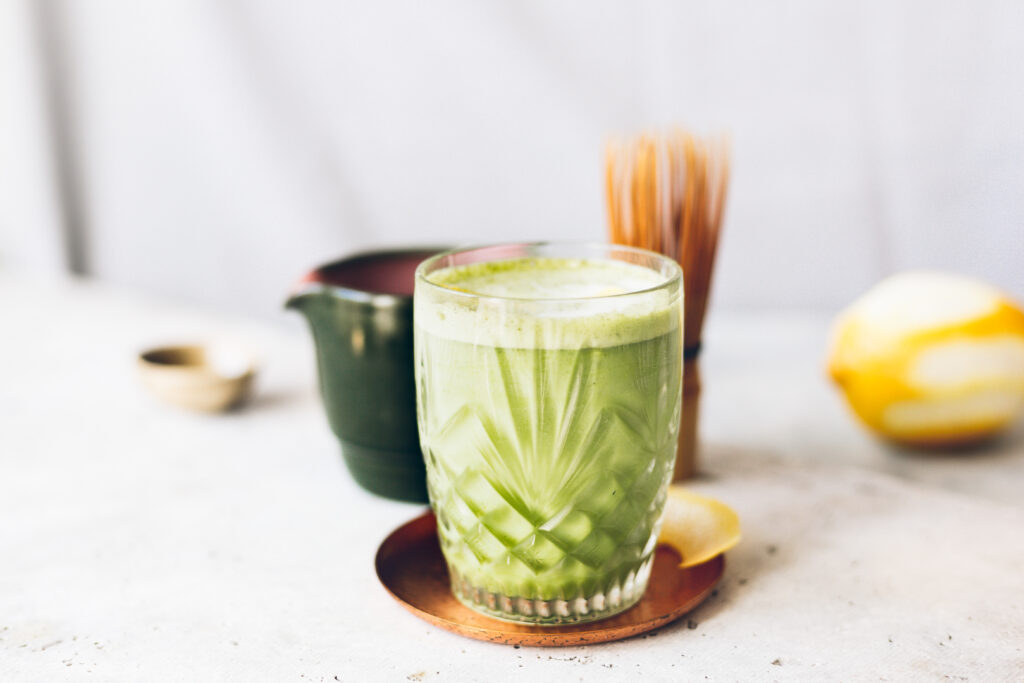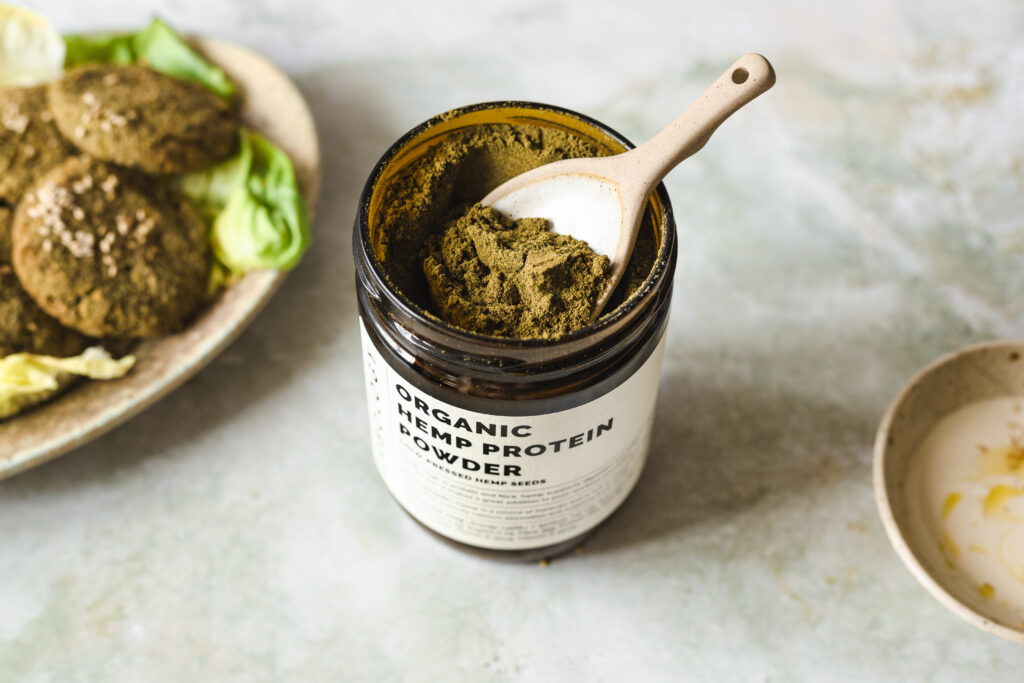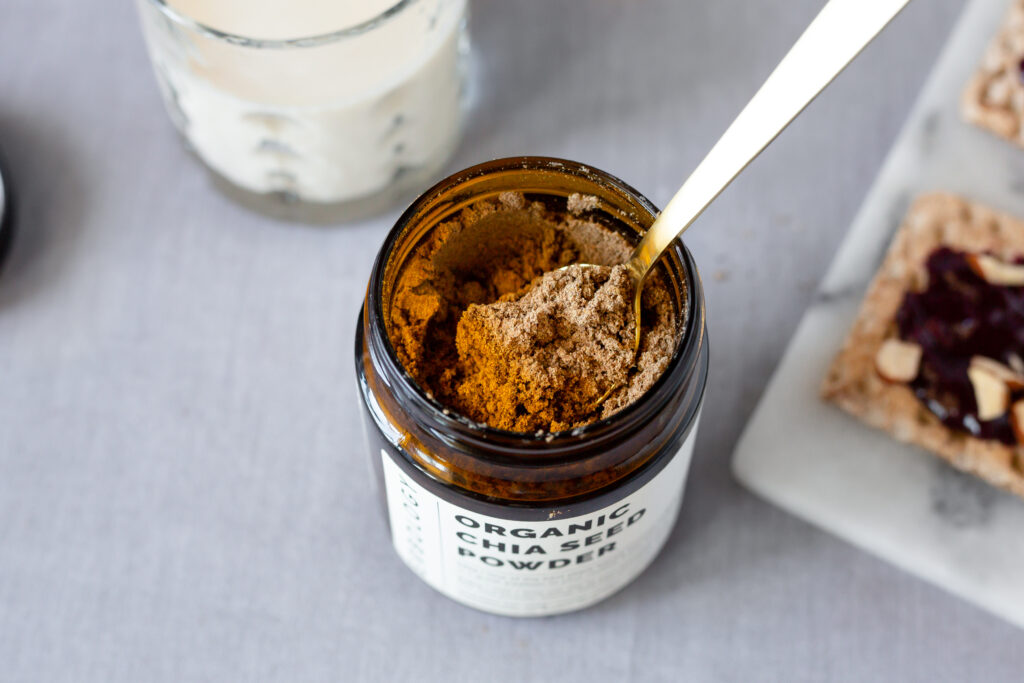
Have you heard of ergogenic aids but not sure what they are? Athletes use them to improve performance, while you may be looking to simply improve your 5k time!
October 12, 2022 5:44 pm October 12, 2022 9:15 pmLet’s first define what ergogenic aids are
In the context of sport, ergogenic aids are substances or techniques that provide athletes with a competitive edge. Ergogenic aids can be pharmacological, nutritional, physiological, or psychological. They span from the use of legal and safe techniques (e.g. carbohydrate loading) to illegal and unsafe methods (e.g. anabolic-androgenic steroid use).
There are various reasons for the use of ergogenic aids. Most notably they are taken to enhance athletic performance in a relatively short timeframe. In summary, ergogenic aids are commonly used to:
- Enhance muscle building
- Reduce recovery time
- Increase performance during short and intense (anaerobic) activities
- Improve stamina during endurance (aerobic) activities
There is a wide range of readily available ergogenic aids that are evidence-based, while being considered safe for athletes including:
- Electrolytes
- Creatine
- Caffeine
- Essential amino acids (EAAs)
- Branched-chain amino acids (BCAAs)
- Carbohydrate powders
- Whey protein powders
- Vitamin D
Surveys have shown that 76% of college athletes, and 100% of bodybuilders take some form of supplements to improve performance, which highlights the popularity of ergogenic aids.(1) In the field of health and fitness, and particularly in competitive sports, it is understandable how an athlete might want to improve their performance. It could be to help their team be more successful or further their own personal health. In addition, because there is such a high level of competition and pressure within sport, many athletes try to gain any advantage they can.
Widely used ergogenic aids cover a whole host of nutrients, including caffeine. Below we’ll discuss why certain ergogenic aids are so popular and how they may potentially benefit your athletic performance.
Caffeine: the world’s most commonly used stimulant
Caffeine is perhaps the first to come to mind when we think of stimulants. It can be found as a chemical compound in plants such as coffee beans and tea leaves. I think we all know at least one person who needs their daily coffee fix!
During exercise, caffeine may help to fight fatigue. Caffeine has the ability to increase the use of fat for fuel, which is beneficial, especially for endurance sports because the glucose stored in muscles lasts longer. Therefore, it increases the time it takes for muscles to reach exhaustion. Also, researchers looked at the effects of caffeine on athletic performance. Doses of 5mg per kg of body weight of caffeine improved endurance performance by up to 5% when consumed one hour prior to exercise.(2)
Another factor contributing to improved performance could be its ability to reduce perceived exertion during exercise by up to 6%, hence making workouts feel easier. This could be because caffeine blocks the receptors of a neurotransmitter called adenosine. This increases levels of other neurotransmitters in the brain that regulate energy levels, including dopamine.(3)
It’s worth noting that caffeine consumption later in the day or in the evening can affect sleep quality. So if you’re a poor sleeper at the best of times, this is something you might want to avoid. Furthermore, caffeine toxicity occurs at around 1.2g of consumption. However, to put that into perspective, a cup of filter coffee contains about 90mg of caffeine. Therefore, you would need to drink an insane 13 cups of coffee in one sitting to reach toxicity levels.
Bottom line: caffeine consumption is generally a safe ergogenic aid, although excess intake can cause side effects, such as poor sleep quality, migraines and anxiety.(4)
Is vitamin D an ergogenic aid?
One of the lesser known ergogenic aids is indeed vitamin D. Research carried out exploring the potential effect of this vitamin on athletic performance has produced promising results. Furthermore, multiple studies show a positive correlation between VO2 max and vitamin D concentration in non-athletes.
VO2 max is the maximum amount of oxygen the body can utilise during exercise. It’s a combination of how much oxygen-rich blood your heart can pump and the heart’s efficiency in extracting and utilising oxygen. Let’s look a little further at VO2 max and vitamin D.
Vitamin D receptors are present in cardiac muscle and vascular tissue. This could indicate that the vitamin may influence VO2 max via transportation and utilisation of oxygen within the blood to various tissues. On one hand, we may potentially see reduced recovery time from high intensity training. On the other hand, there may be an improvement in force and power production. However, it’s important to mention that positive correlations were on males only. Confounding variables were also not addressed, such as multivitamin and supplement intake.(5)
To summarise, the research exploring what vitamin D does in the context of sport nutrition is growing. Therefore, if you happen to be an athlete, or want to improve your sporting performance, increasing your intake may be something to consider.
What are the best sources of vitamin D?
Even though the human body produces vitamin D when exposed to sunlight, it does come with its limitations. To reduce the risk of developing skin cancer, apply sun cream, and avoid being outside during peak sun hours. In addition, depending on where you live in the world, it may not be feasible to access sunlight exposure all year round.
Taking a supplement can be helpful for some people. However, at Erbology, we always advise you to obtain nutrients from hearty whole foods rather than supplements. You’re likely to benefit from gaining a range of other healthy nutrients at the same time if you source your vitamin D from food. You also receive greater clarity over what you are consuming.
For example, our Organic Hemp Seed Powder is naturally rich in vitamin D, plus provides a dose of healthy plant-based protein, fibre and minerals, such as iron and magnesium. It’s ideal for adding into a post-workout smoothie or mixing into breads and cakes.
Alternatively, our Organic Hemp Seed Oil is also a fantastic source. Yet, it also contains vitamin E and omegas 3 and 6, all of which help to support health. Add a spoonful to your daily routine to increase your intake. Its versatility means you could take it neat, use it in salad dressings, or even drizzle it over your favourite dishes.
Fatty fish such as salmon and tuna are famously good sources as well. However, if you’re vegetarian or vegan, you should look out for mushrooms (grown in light) and fortified products like plant milks or breakfast cereals.
Related readings
"Surveys have shown that 76% of college athletes, and 100% of bodybuilders take some form of supplements to improve performance, which highlights the popularity of ergogenic aids.(1)"
What are other popular ergogenic aids?
Ergogenic aids don’t just stop at caffeine and vitamin D. As discussed earlier, there are a whole host of others which are widely used. Let’s take a look at some others:
- Electrolytes, such as sodium, magnesium, calcium and potassium, are consumed by athletes for a number of reasons, before, during, and after exercise. In general electrolytes are taken to sustain total body water, as deficits will increase cardiovascular strain and negatively impact aerobic performance.(6)
- Creatine helps to produce ATP, which cells use as energy. As a result energy production increases during high intensity exercise and leads to improved performance, increased strength and muscle gain.(7)
- Essential amino acids (EAAs) have become a popular ergogenic aid for athletes. Studies suggest that EAAs can help improve the muscle building process and reduce muscle mass breakdown.(8)
- Branched-chain amino acids (BCAAs) are one of the most prevalent ergogenic aids on the market. Some studies suggest that BCAAs may benefit athletic performance by reducing muscle mass breakdown, improving recovery times, and stimulating muscle protein synthesis.(9)
- Carbohydrate powders help keep glycogen readily available for immediate use. This allows you to maintain exercise at a high intensity. Taking it after exercise may help to replenish lost muscle glycogen, thus loading the muscles for the next workout.(10)
- Whey protein powders are consumed by athletes, especially to support resistance training. The EEAs in whey can enhance muscle protein synthesis and improve recovery of muscle function.
Although the above ergogenic aids have produced promising results, we always recommend a balanced diet rather than taking a supplement. Focusing on performance through supplements can take the attention away from lifestyle habits, which can be much more beneficial. In addition, there is conflicting evidence regarding supplement intake, which makes it difficult to make definitive conclusions regarding their health benefits.(11)
Do not take illegal ergogenic aids
The NCAA and the Olympics commission have banned some substances because they offer an unfair advantage or can cause serious adverse effects to users.
Even though these performance-enhancing drugs might help improve body composition, pack on muscle mass, and improve physical performance, they present a serious health risk. Studies have shown the long-term health ramifications can be deadly in some cases.(12)
Examples of illegal ergogenic aids include:
- Human growth hormones (HGH) is a drug developed to help treat growth disorders in children. It stimulates cell reproduction and regeneration. Some athletes looking to gain an edge use this drug to achieve it. It’s illegal in all professional sports and potential complications include enlarged organs and chronic disease.
- Blood doping is the process of boosting red blood cells to help carry more oxygen to the muscles and lungs. Most commonly done through a blood transfusion or through use of drugs like erythropoietin. Erythropoietin is a medication doctors may prescribe when a person has a low red blood cell count. Athletes use the medication to make more red blood cells in their bodies and increase their ability to use oxygen. In particular, endurance athletes may try to use erythropoietin. However, using the medication when it’s not medically necessary can cause blood clots and even death.
- Anabolic steroids are prescription-only medicines that are sometimes taken without medical advice to increase muscle mass and improve athletic performance. The side effects range from mood swings to blurred vision and some are potentially fatal.
- Ephedrine is a central nervous stimulant and produces similar effects to adrenaline. However, it can be dangerous and harmful towards health. It may cause serious cardiovascular effects, including a stroke.
Hydration and electrolyte balance is important
Water is vital for so many bodily functions and it’s easy to see why. The human body is 60% water! Staying hydrated can be difficult in the best of times, and even more so during exercise. If you’ve ever done exercise you know you sweat a lot more than you would if you were sitting on the couch watching TV!(13)
Water is vital in the majority of chemical reactions involved in athletic performance. To name a few, it maintains blood volume, regulates body temperature and is involved in muscle contractions. Researchers found that a loss of sweat (water) equal to 2% of body weight causes a noticeable decrease of physical and mental performance. In addition to dehydration affecting athletic performance, a loss of sweat greater than 2% of body weight increases the risk of nausea, diarrhoea, vomiting and gastrointestinal problems.(14)
Dehydration can also upset the electrolyte balance in our body, and electrolytes are crucial for athletic performance. All electrolytes work together to ensure that our cells function properly, thus keeping them balanced is essential to our health. Electrolytes lost the most during exercise are sodium and chloride. As a result, athletes experience reduced power, strength, agility, skill, and concentration, all of which are essential for athletic performance.(15)
Fortunately, it is fairly easy to identify dehydration. One of the first ways is to observe the colour of urine. Light yellow or clear is ideal and indicates hydration. Darker colours like deep yellow can indicate that a person needs to drink more fluids.
There is no one-size-fits all to how much fluid you need per day. Most adults need between 2-3 litres of fluid per day. However, If you’re physically active you’ll need more.
What role does diet play in athletic performance
Diet not only plays a fundamental part towards health but also towards athletic performance. However, finding a diet plan that is safe, effective, and sustainable can be challenging, especially for athletes.
In order for diets to be effective for athletes they need to possess the following characteristics:
- Nutritionally balanced. To maintain immune function, athletes should eat a nutritionally balanced diet sufficient to meet their energy requirements. An athlete exercising in a carbohydrate-depleted state experiences larger increases in circulating stress hormones and negative effects on several immune functions.(16)
- Sustainable. A diet that is easy to follow in the long term is essential. If a diet is restrictive it is not likely sustainable. Progress may be a little bit slower, but it actually tends to work better in the long term. It’s worth noting that the faster results aren’t always the best result when it comes to nutrition.
- Effective. The diet has to offer benefits specifically for athletes. Nutrition is essential for supporting an athlete’s general health and their training needs. Having an effective diet provides a person with enough energy and nutrients to meet the demands of training and exercise. In addition to helping an athlete perform optimally, it facilitates recovery.
In short, a well-planned, nutritious diet should meet most of an athlete’s vitamin and mineral needs, and provide enough protein to promote muscle growth and repair. Foods rich in unrefined carbohydrates, like whole-grain breads and cereals, should form the basis of the diet. Additionally, the diet should be a good fit for specific athletic goals. For example, strength based athletes will benefit from protein to help build muscle during training, whereas endurance athletes may benefit from consuming more carbohydrates.
So, is it worthwhile taking ergogenic aids?
It’s worth noting that any ergogenic effect experienced from taking a supplement is not going to make up for a poor diet or lack of training consistency. If the desire is to increase muscle mass, get stronger, and cut body fat; diet, hydration and training standards are more important. Once you’ve established solid nutrition, hydration and exercise habits, legal, safe, and effective ergogenic aids may certainly support your athletic performance. However, we still need to better understand their long-term impact on health.
If you are a professional athlete you should be cautious about using supplements that are marketed as having ergogenic effects. When in doubt, it’s best to consult with a licensed sports nutritionist or medical doctor before taking dietary supplements intended to improve athletic performance. Always refer to the specific rules and guidelines provided by your athletic organisation to ensure that any ergogenic aid you’re considering using won’t cause you to fail a drug test.
Related readings
Latest articles
References
- Sobal J, Marquart LF. Vitamin/mineral supplement use among athletes: a review of the literature. International Journal of Sport Nutrition and Exercise Metabolism. 1994 Dec 1;4(4):320-34.
- Hodgson AB, Randell RK, Jeukendrup AE. The metabolic and performance effects of caffeine compared to coffee during endurance exercise. PloS one. 2013 Apr 3;8(4):e59561.
- Doherty M, Smith PM. Effects of caffeine ingestion on rating of perceived exertion during and after exercise: a meta-analysis. Scandinavian journal of medicine & science in sports. 2005 Apr;15(2):69-78.
- Caffeine’, Harvard T.H. Chan School of Public Health, accessed 21 Sep 2022.
- Forney LA, Earnest CP, Henagan TM, Johnson LE, Castleberry TJ, Stewart LK. Vitamin D status, body composition, and fitness measures in college-aged students. Journal of strength and conditioning research. 2014 Mar;28(3):814.
- Shirreffs SM, Sawka MN. Fluid and electrolyte needs for training, competition, and recovery. Journal of sports sciences. 2011 Jan 1;29(sup1):S39-46.
- Lanhers C, Pereira B, Naughton G, Trousselard M, Lesage FX, Dutheil F. Creatine supplementation and lower limb strength performance: a systematic review and meta-analyses. Sports Medicine. 2015 Sep;45(9):1285-94.
- Azhar G, Wei JY, Schutzler SE, Coker K, Gibson RV, Kirby MF, Ferrando AA, Wolfe RR. Daily consumption of a specially formulated essential amino acid-based dietary supplement improves physical performance in older adults with low physical functioning. The Journals of Gerontology: Series A. 2021 Jul;76(7):1184-91.
- Blomstrand E, Eliasson J, Karlsson HK, Köhnke R. Branched-chain amino acids activate key enzymes in protein synthesis after physical exercise. The Journal of nutrition. 2006 Jan 1;136(1):269S-73S.
- Campbell C, Prince D, Braun M, Applegate E, Casazza GA. Carbohydrate-supplement form and exercise performance. International journal of sport nutrition and exercise metabolism. 2008 Apr 1;18(2):179-90.
- Ahrendt DM. Ergogenic aids: counseling the athlete. American Family Physician. 2001 Mar 1;63(5):913.
- La Gerche A, Brosnan MJ. Cardiovascular effects of performance-enhancing drugs. Circulation. 2017 Jan 3;135(1):89-99.
- Schoeller DA. Changes in total body water with age. The American journal of clinical nutrition. 1989 Nov 1;50(5):1176-81.
- Shirreffs SM, Sawka MN. Fluid and electrolyte needs for training, competition, and recovery. Journal of sports sciences. 2011 Jan 1;29(sup1):S39-46.
- Orrù S, Imperlini E, Nigro E, Alfieri A, Cevenini A, Polito R, Daniele A, Buono P, Mancini A. Role of functional beverages on sport performance and recovery. Nutrients. 2018 Oct 10;10(10):1470.
- Gleeson M, Bishop NC. Special feature for the Olympics: effects of exercise on the immune system: modification of immune responses to exercise by carbohydrate, glutamine and anti-oxidant supplements. Immunology and cell biology. 2000 Oct 1;78(5):554-61.










Comments (0)